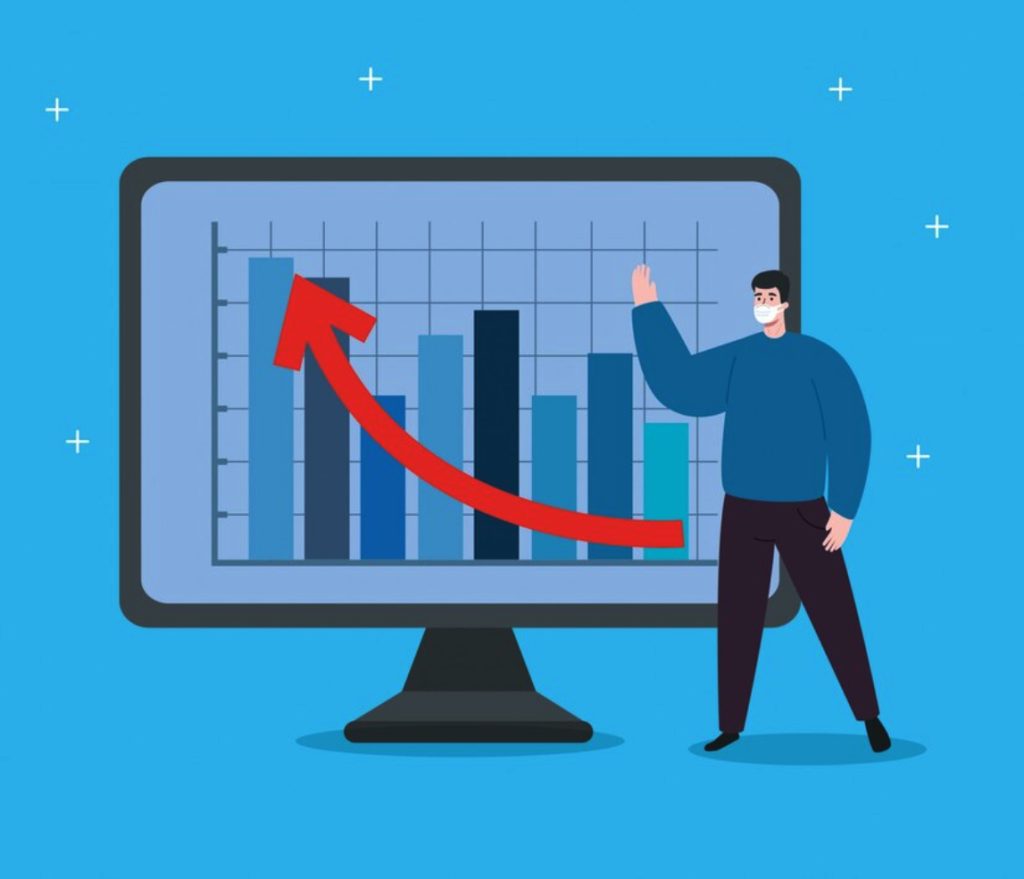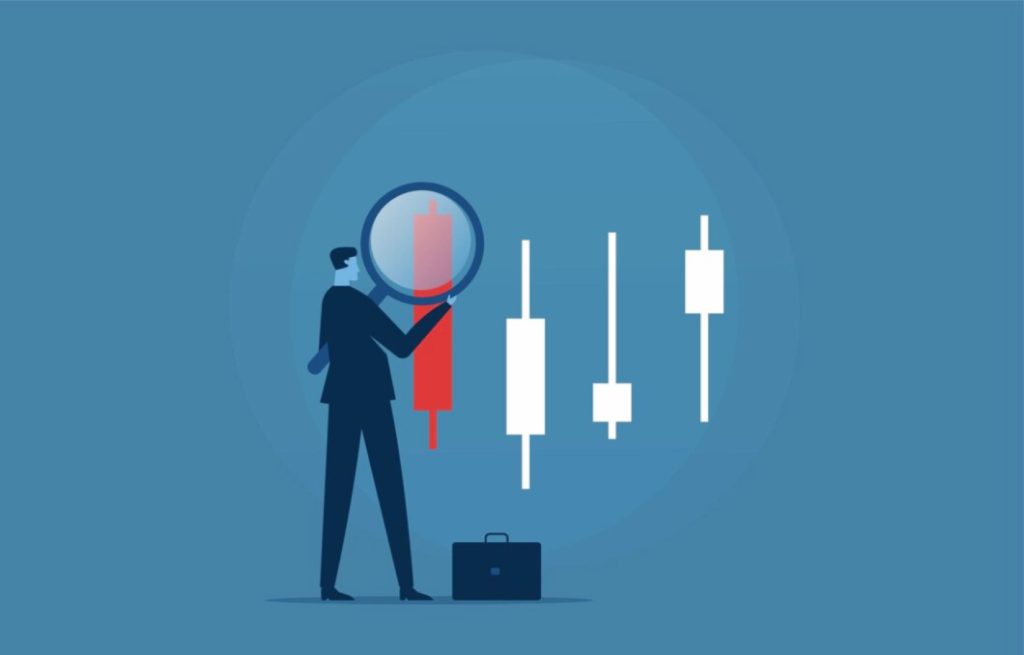Oreo – Have you ever bought a stock and then the price simply declines? For traders, that usual unpleasant experience is Emotional trading or panic selling is quite likely to result from it. Many times, investors wonder how they would get their money back when prices fall.
The averaging down trading approach is one technique to manage such pains. This approach is buying more shares of a stock whose price falls, so reducing your average cost per share. This approach may seem contradictory; in fact, with proper application it can only turn a lost position into a lucrative one.
We shall explore the averaging down trading approach thoroughly in this paper. We will walk over how it operates, contrast it with a more conventional trading method, and backtest its performance to highlight its success. By the conclusion, you will be more precisely able to apply this approach to turn declining prices in your advantage.

What is an average down?
Definition and Mechanisms
Buying more shares of a stock once its price starts declining is known as averaging down. This will help you lower your average cost per share and improve your profit margin should the stock recover.
Averaging Down: An Illustration
- First Buy: $10 for one hundred shares
- stock drops: $8.
- Buying another 100 shares at $8 averages down.
- Using a $1,000 total investment, your new average cost per share is $9 for 200 shares.
- Should the stock price recover to $10, your profit will be ten percent of your whole outlay.
Critical Issues
Although averaging down has its uses occasionally, you still have to have a logical justification for your choice to purchase more shares. This could be the result of macroeconomic data that lead you to think the stock will recover or of excellent corporate foundations or trendy markets.
Two trading techniques: traditional against average down
Conventional Trading Plan
Assume a basic trading approach leveraging the Relative Strength Index (RSI):
- Buy Signal: Buy when the RSI for five days drops below 35.
- Sell Signal: Sell when the price rises over the high price yesterday.
On the S&P 500 since 1993, this traditional mean reversion approach has performed admisably.
Performance Benchmarks
The approach proves that it is possible to profit from prices reversing following losses by providing a positive equity curve and good trading data.
We may thus improve the average strategy by including the averaging down technique.

New Policies for Strategic Approach
- Entry Rule Based on Available Capital: Should the 5-day RSI be less than 35, you could buy half of your free capital now.
- Bar to Go Down Averaging: If, at least five points fall and the capital stays below 50, you will add the remaining 50% in the capital.
- Trade departure Signal: The departure guidelines set in the conventional approach will be followed here as well.
Examining the averaging down strategy backwards
Performance Studies
A few important numbers that stand out as particularly instructive come from backtesting both the conventional method and the averaging down approach:
- Total Profits: Profits from an averaging down approach are merely somewhat less than from a conventional approach.
- Maximum Loss: The maximum loss is much reduced, thereby indicating improved risk management profile.
- Profit Factor: In the case of averaging down, the profit element helps the relationship between winning and losing to be stronger.
Comparing Trading Statistics
Averaging Down: 55% with risk-adjusted return
Risk-adjusted return: 39% according to conventional strategy
Although the averaging down approach may provide somewhat smaller earnings, the statistics show that it provides higher loss protection, which greatly appeals to risk-averse traders.
Emotional Psychology of An Average Down
Taking Charge of Emotional Addiction
It also helps to regulate emotional prejudices most traders are prone to. The fear of losing money drives over-impulsive trades, yet the approach helps boost investment process confidence.
- Structured Approach: Rules defining when to average down offer a direction light through logical decisions instead of impulsive reactions depending on market fluctuations.
- Long-Term View: Understanding short-term volatility as a part of the investing process can help a trader stay concentrated on his tactics and, so, follow more disciplined application of plans.

Risk consciousness
Although average down provides advantages, care should be used. Investors should be sure they do not double down on businesses with essentially weak foundations. Always do appropriate research before giving it further money.
One of the trading techniques that would definitely be a solid possibility for investors confronting the issue of declining stock prices is averaging down. If done carefully and let the traders reduce their average cost per share, it would help to convert a losing position profitable.
Although the total profit may be somewhat lower, most investors find great value in this strategy because of the lower maximum loss and superior risk-adjusted return. The end.
Remember, though, always investigate your alternatives and consider several trading strategies before deciding on any one. The trading world is large and there are many ways for you to locate those that will enable you to express yourself in terms of personal inclination and style. The typical down technique is only one way you might turn obstacles in the market into profitable prospects.

